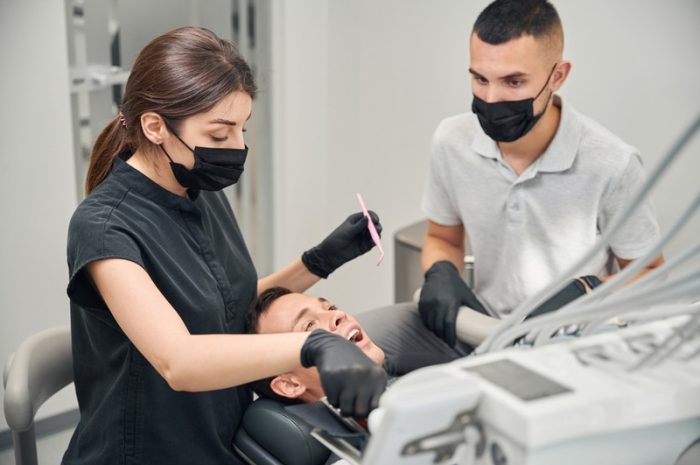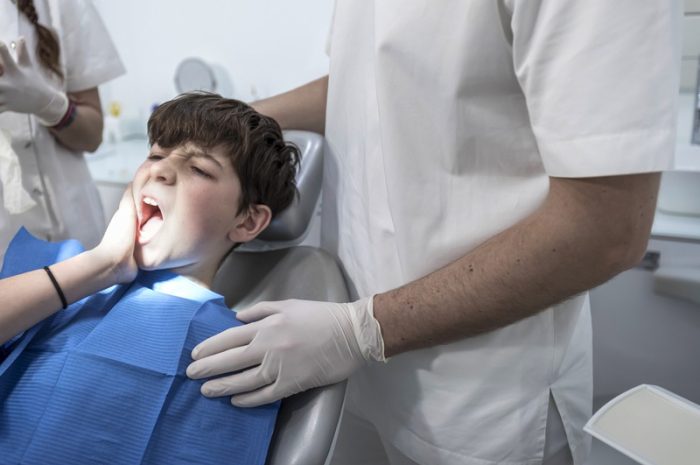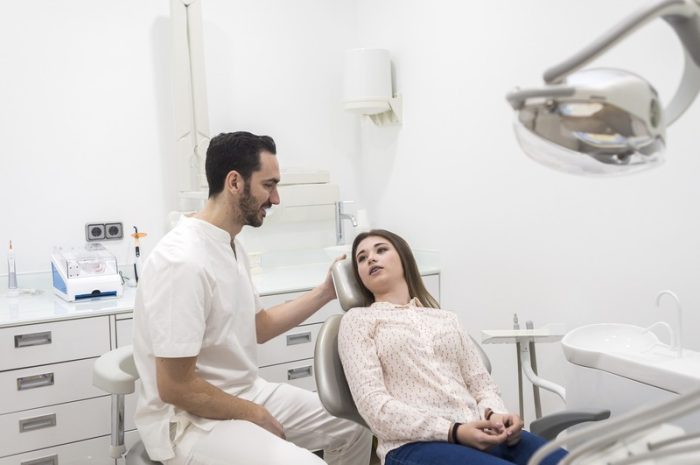Ways to Handle Increasing Insurance Costs Without Losing Coverage
Before heading into strategies, let’s first understand why insurance premiums are rising. It’s no secret that insurance costs have been trending upward recently. This increase can be attributed to various factors, including natural disasters, healthcare costs, and a rise in the number of claims. Insurance companies adjust their premiums to maintain profitability and manage risk effectively.
1. Evaluate Your Coverage Needs Regularly
It’s important to reassess your insurance coverage regularly. Life changes, such as marriage, having kids, or buying a new home, might alter your insurance needs. By understanding exactly what coverage you require, you can avoid paying for unnecessary extras and ensure you’re not under-insured.
Steps to Evaluate Coverage
-
List all your existing policies.
-
Evaluate changes in your asset holdings or life circumstances.
-
Compare your current policy coverage with your actual needs.
-
Seek advice from an insurance advisor if needed.
2. Shop Around for Better Rates
Shopping around can lead to significant savings on your insurance premiums. Different insurers offer varying rates, and even a small difference can add up over time.
Comparison Shopping Tips
-
Gather quotes from multiple insurers.
-
Compare equivalent coverage options.
-
Consider both benefits and premiums.
-
Look for discounts available for bundling multiple policies.
3. Consider Higher Deductibles
One of the simplest ways to lower your premium is to opt for a higher deductible. While this means you’ll pay more out-of-pocket if you file a claim, it reduces your monthly payment, which can lead to savings if claims are infrequent.
Pros and Cons of Higher Deductibles
-
Pros: Lower monthly premiums and potential savings over time.
-
Cons: Higher costs during claims, need for a sufficient emergency fund.
4. Utilize Discounts and Loyalty Programs
From bundling policies to using loyalty programs, insurers offer many ways to reduce premiums.
Available Discounts
-
Bundling auto and home insurance
-
Installing safety devices in your home or car
-
Good driver discounts
-
Loyalty discounts for long-term customers
5. Embrace Technology
Some insurance companies utilize technology to offer savings. For auto insurance, telematics devices can track your driving habits. For health insurance, wearable tech could provide insights that lead to discounts.
Benefits of Using Telematics
-
Encourages safer driving habits
-
Potentially lowers premiums based on actual driving behavior
-
Offers real-time feedback and analytics
6. Build Stronger Relationships with Providers
Establishing a solid relationship with your insurance provider can sometimes lead to unforeseen benefits and savings.
How to Build a Good Relationship
-
Maintain clear and regular communication.
-
Be prompt with payments.
-
Provide timely updates on changes in risk factors.
7. Work with a Broker
If navigating the world of insurance feels overwhelming, consider working with a broker. These professionals can help demystify the process and find coverage that’s both comprehensive and cost-effective. A trusted health insurance broker agency can guide you to policies that fit your needs without overextending your budget.
8. Optimize Employee Benefits
For those with job benefits, evaluate offerings provided by your workplace. Adjusting employee benefit selections can alleviate personal insurance costs.
Navigating Employee Benefits
-
Review your current benefits package.
-
Consider supplemental options if necessary.
-
Engage with your employee benefits provider to maximize your plan’s efficiency.
9. Review Government Programs
For some, government programs may offer a buffer against skyrocketing premiums. Investigate whether options like Medicare plans in Louisiana can complement your insurance needs or provide a more affordable alternative. Sometimes, a combination of public and private insurance can be an effective strategy.
10. Stay Proactive and Informed
The insurance landscape is dynamic and constantly evolving. Staying informed about changes can ensure you’re always prepared.
Ways to Stay Informed
-
Follow industry news and updates.
-
Attend informational webinars or seminars.
-
Subscribe to newsletters from reputable insurance sources.
11. Improve Risk Management
Taking steps to reduce risk can often lead to lower insurance premiums. By minimizing the likelihood of filing a claim, you can make yourself a less risky customer to insure, which may result in discounts or reduced rates.
Risk Management Strategies
-
Implement security systems or fire prevention measures.
-
Maintain a healthy lifestyle to reduce health insurance costs.
-
Practice safe driving habits and keep a clean driving record.
12. Leverage Group Insurance Plans
Group insurance plans often provide more competitive rates than individual plans. Whether through a professional organization, alumni association, or trade union, joining such groups can give you access to more affordable insurance options.
Benefits of Group Insurance
-
Lower premiums due to group negotiation power.
-
It often includes broader coverage options.
-
It may require less stringent underwriting compared to individual policies.
Final Thoughts
Managing rising insurance premiums isn’t just about cutting costs—it’s about making informed, strategic decisions that ensure your coverage is both adequate and affordable. By reassessing your needs, shopping smart, and maintaining open communication with providers, you can strike the right balance between cost and protection. With the ever-changing landscape of insurance, these strategies serve as a practical guide to maintaining your financial well-being without compromise.




